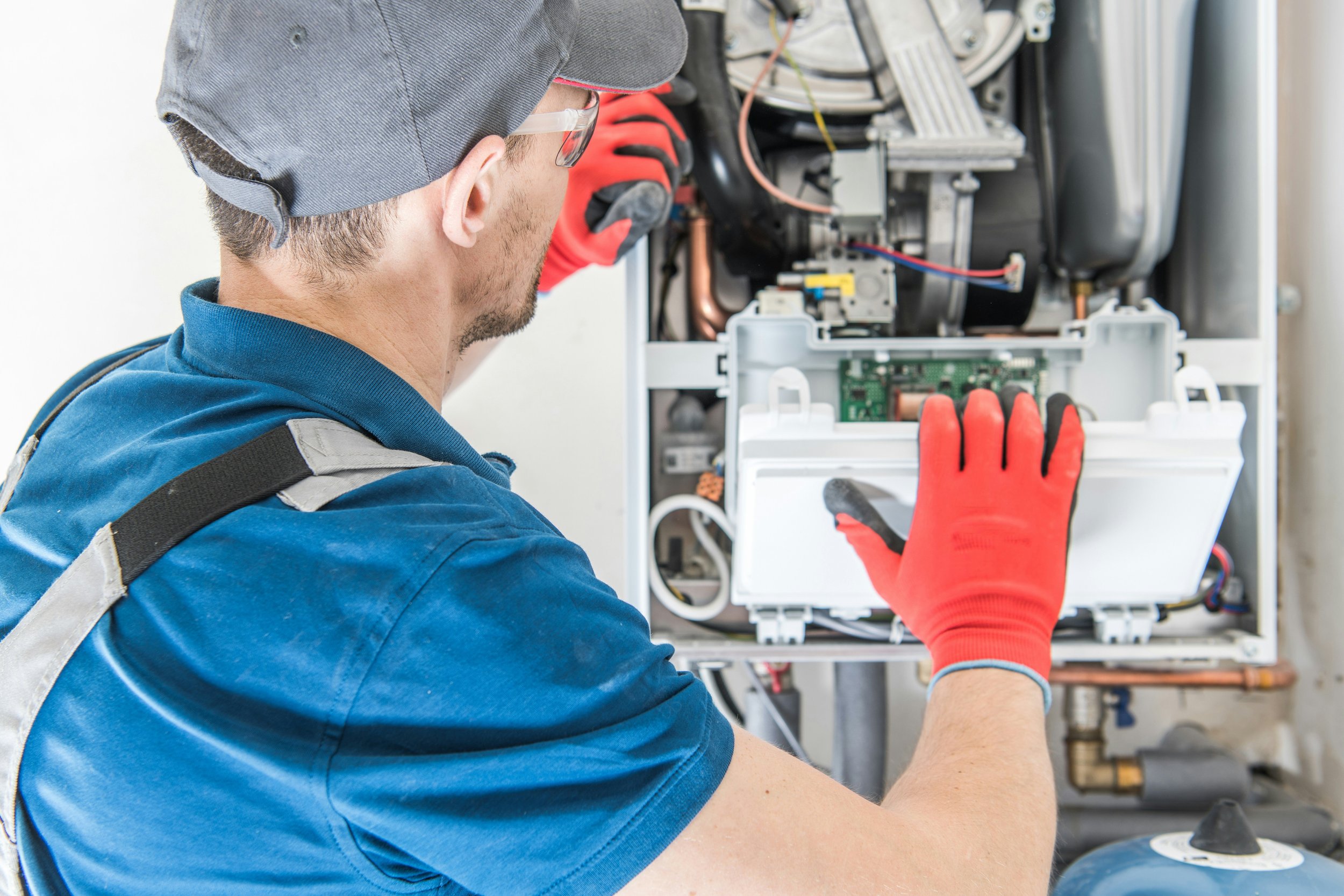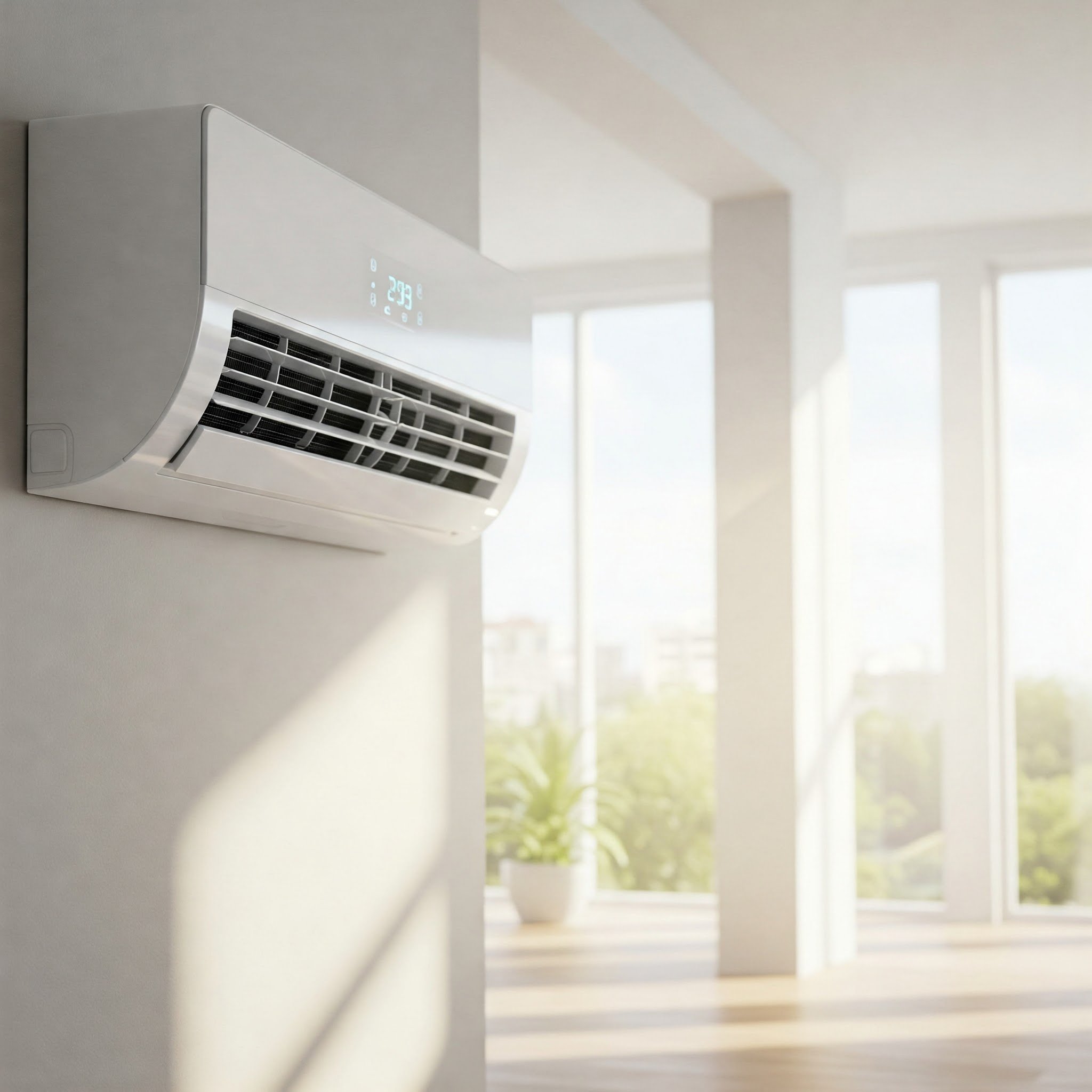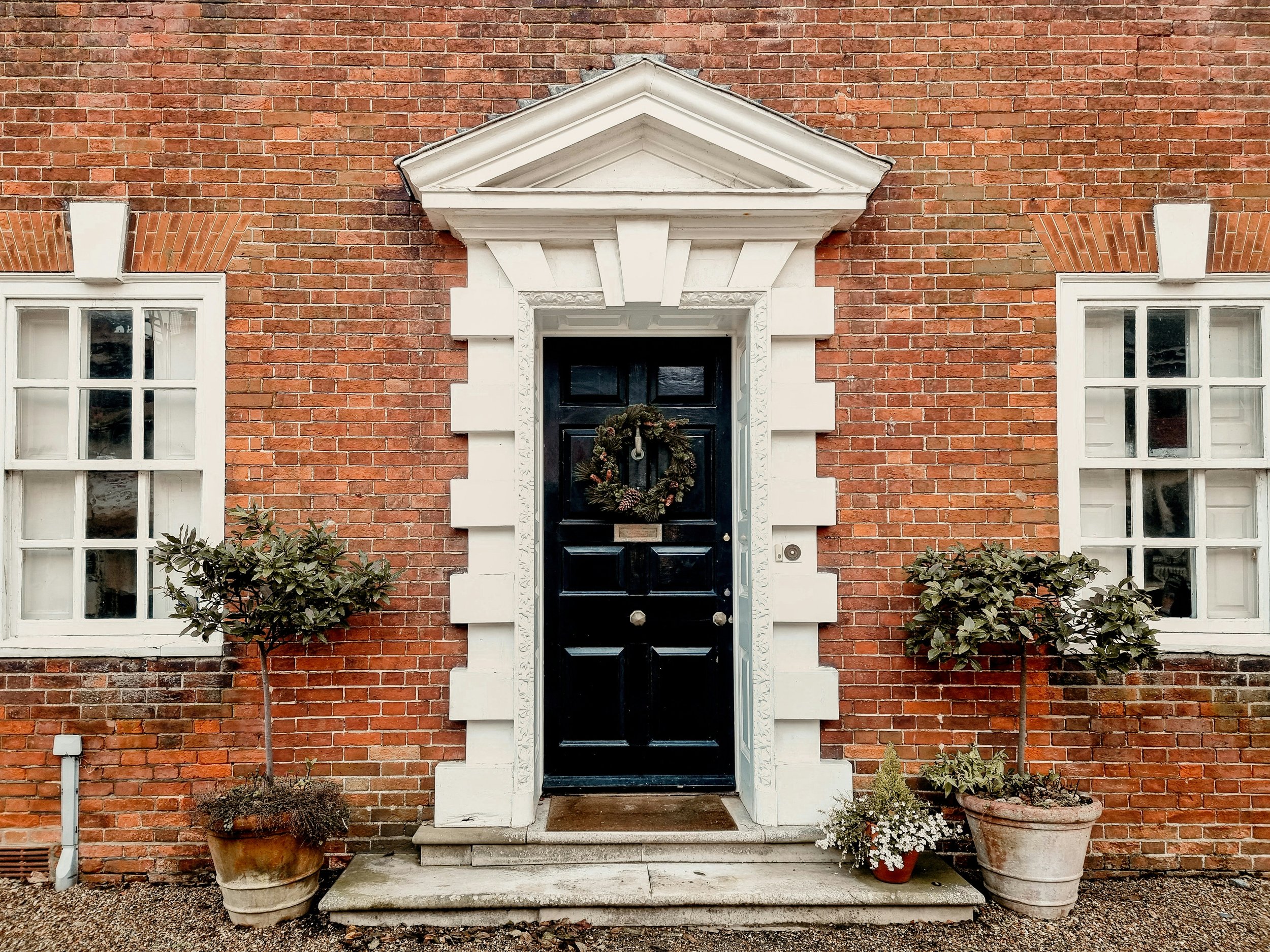How To Repair A Furnace: A Step-by-Step Guide
Discover essential tips on how to repair a furnace, troubleshoot common issues, and keep your heating system running efficiently for a cozy home all winter.
Repairing a furnace can save you from costly replacements and help keep your heating system running smoothly during the cold months. Here’s a guide to addressing common furnace issues and maintaining your system to improve longevity and efficiency.
1. Start with the Thermostat
If your furnace isn't kicking on, a faulty thermostat setting could be to blame. Ensure your thermostat is set to "Heat" and set above the current room temperature. Thermostat issues, especially with older models, are common, and updating or replacing your thermostat may improve efficiency and cut down on unnecessary furnace repairs.
2. Inspect and Replace the Furnace Filter
A dirty filter can lead to airflow issues and cause the furnace to overheat. Access the furnace filter through the cover panel or blower compartment. If your air filter is clogged or dirty, replace it to ensure proper air quality and prevent common issues like short cycling or poor heating. Regular furnace maintenance, including replacing dirty air filters, helps avoid wear on other furnace components.
3. Check the Circuit Breaker and Power Switch
A tripped circuit breaker or an off-power switch can shut down your furnace entirely. Head to the electrical panel or breaker panel, locate the furnace breaker, and reset it if it’s tripped. Also, make sure the furnace switch (often near the furnace) is in the “on” position.
4. Inspect the Blower Motor
Your blower motor plays a crucial role in moving warm air through your home. Blower issues, such as a noisy blower motor, often indicate wear in blower bearings or a broken blower belt. Check the blower motor housing and the blower motor lubrication ports if it’s making noise. In belt-driven blowers, a cracked or worn blower belt is a common culprit for poor air circulation. If you’re unsure, a furnace repair specialist can check the blower motor components, including the capacitor and blower shaft bearings.
5. Examine Pilot Lights and Ignition Components
Gas furnaces rely on pilot lights or an electronic igniter to ignite the burner flames. Check for any issues with the furnace ignitor, such as a faulty ignition or bad control board. If your furnace has a blue flame, it’s operating correctly, but yellow or orange burner flames indicate combustion gas issues, potentially pointing to carbon buildup. If pilot lights go out or if you notice a constant flame without heat, consult an HVAC technician.
6. Clean or Replace the Flame Sensor
A dirty flame sensor may cause your furnace to shut down prematurely. Turn off the power, access the flame sensor through the access panel, and gently clean the metal rod with fine sandpaper. A faulty flame sensor or dirty flame sensor can result in incomplete heating cycles, so if problems persist, you may need to replace it.
7. Examine the Limit Switch and Safety Features
The limit switch, a safety device, prevents overheating by regulating the heating cycle. If your furnace fan runs continuously, the limit switch may be faulty or require adjustment. Furnace technician assistance is recommended for replacing a bad limit switch.
8. Inspect Ductwork and Air Vents
Closed vents, obstructed supply ducts, and dirty air conditioning ducts can restrict airflow, forcing your furnace to work harder. Check all air flow ducts and air vents for blockages. Leaks in your duct system may also increase energy bills by reducing heating efficiency.
9. Troubleshoot the Gas Supply and Valve
Confirm that the gas valve is open and operational. If you notice a lack of gas supply or suspect an issue with the gas valve, don’t attempt fixing the furnace on your own. Problems with gas supply, gas valve issues, and combustion chamber problems need a furnace repair expert due to safety concerns.
10. Look Out for Cracked Heat Exchangers
A cracked heat exchanger is a significant furnace issue that can lead to gas leaks and combustion fumes. During regular maintenance, a furnace technician inspects for cracked heat exchanger tubes. Older or high-efficiency furnaces, especially 80% “standard-efficiency” or 90% “high-efficiency” models, should be checked yearly for any metal disintegration in the heat exchanger.
11. Common Signs of Furnace Trouble
Knowing the signs of furnace trouble can help you catch problems early, potentially saving on expensive repairs and maintaining efficient operation. Here are some common indicators that your furnace might need attention:
Unexpected Noises
Unusual sounds like rattling, clunking, or banging typically indicate issues within the furnace’s internal components. Rattling or clunking often points to loose or broken parts in the blower mechanism or blower motor housing. Loud scraping sounds could signal a broken blower belt or blower shaft bearings. Any sound that doesn’t seem normal, especially during the heating cycle, deserves immediate investigation to avoid worsening the problem.
No Heat or Weak Heat
If your furnace is struggling to produce heat, it could be due to issues with the blower motor, dirty burners, or a cracked heat exchanger. Sometimes, a clogged air filter or restricted air ducts can also limit airflow, resulting in weak heating. In other cases, this can indicate more severe issues like a faulty heat exchanger or heat pump. Weak or inconsistent heat can also point to thermostat problems or combustion chamber issues, which should be addressed by a professional furnace technician.
Power Cycling (Frequent On/Off Cycling)
When your furnace turns on and off too frequently, this is known as short cycling. Common causes include a faulty thermostat, a dirty flame sensor, or issues with the limit switch or circuit board. A furnace that has short cycles can experience premature wear, increasing the need for frequent furnace repairs. Power cycling can also drive up energy bills, as the furnace consumes more energy to maintain the heating cycle.
Higher Energy Bills
If your energy bills have suddenly spiked without a change in your thermostat setting or usage, this could signal a loss of efficiency within your furnace. Causes may include a dirty air filter, a malfunctioning blower motor, or clogged air ducts that force the furnace to work harder. High energy bills can also result from leaks in the heat exchanger, inefficient blower components, or other mechanical issues within the system.
Noisy Furnaces
If you notice persistent noise during the heating cycle, it could indicate worn-out blower bearings, a blower belt problem, or even issues within the blower compartment. Noisy furnaces can also result from a dirty flame sensor, blower motor, or other components that need cleaning or maintenance. Squealing or grinding sounds can indicate motor or blower shaft bearing problems while rumbling can suggest problems with the burner cover or blower motor.
Preventive Furnace Maintenance Tips
To avoid expensive repairs, stick to a regular furnace maintenance schedule:
Replace Filters Regularly: Dirty air filters can lead to reduced airflow and overworked blower components.
Clean Blower Chambers: Dust buildup in the blower chamber and around the blower components can reduce airflow and cause blower capacitor problems.
Inspect the Electrical Components: Ensure circuit boards, safety features, and limit switches are working correctly.
Annual Furnace Maintenance: Have a furnace repair specialist or HVAC professional inspect your heating system, clean the combustion chamber, and check blower motor lubrication ports.
Consider Professional Help
If your furnace has ongoing issues or if components like the circuit board, heat exchanger, or blower motor housing seem damaged, calling an HVAC technician can save you time and ensure a complete repair. For severe problems like cracked heat exchangers, or gas valve malfunctions, expert service is critical to avoid carbon monoxide risks.
In addition to improving indoor air quality, a well-maintained furnace reduces the likelihood of costly breakdowns. Whether you're dealing with a faulty thermostat, a noisy blower fan, or even combustion gases, these steps and preventive measures can keep your furnace operating efficiently throughout the colder months.
Stay up to date with our latest ideas!
Exclusive deals just for our readers! Click below to unlock special offers and elevate your shopping experience!






























